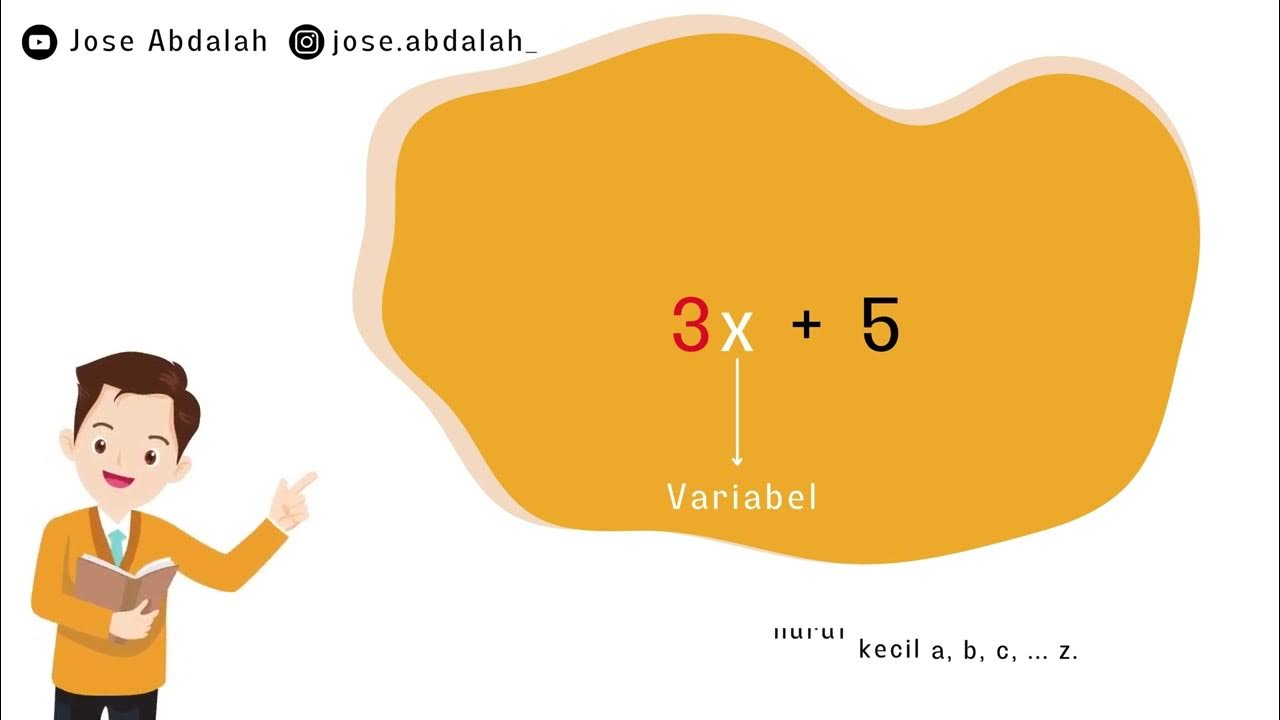Mas afinal, o que é a Derivada?!
Summary
TLDRIn this video, the speaker breaks down the concept of derivatives, making it easier to understand. He explains how derivatives measure the rate of change of a curve at a specific point, using the idea of tangent and secant lines. By introducing the concept of limits, the speaker shows how we can calculate the rate of change more accurately. Real-life examples, such as the acceleration of a car and speed measurements using inductive loops, illustrate how derivatives apply to everyday situations. The video emphasizes that derivatives are a simple yet powerful tool for understanding rates of change in various contexts.
Takeaways
- 😀 Derivatives are often seen as a challenging concept, especially in higher education, but they can be understood with the right approach.
- 😀 A derivative can be explained geometrically through the concept of tangents to a curve at a specific point.
- 😀 The tangent line touches a curve at exactly one point, and this is crucial to understanding derivatives.
- 😀 The derivative represents the rate of change at a specific point on a curve, which can also be described as the slope of the tangent line.
- 😀 The rate of change of a curve is similar to the rate of change of a straight line, which is constant, but for curves, the rate changes continuously.
- 😀 To calculate the derivative, we use the concept of limits, where the difference between two points on the curve approaches zero.
- 😀 The derivative can be thought of as the limit of the slope of secant lines as the two points on the curve get infinitesimally close.
- 😀 Derivatives are not just theoretical; they have real-world applications, such as in measuring velocity or acceleration in physics.
- 😀 In practical terms, derivatives can be used to calculate the instantaneous rate of change, like the speed of a car at a specific moment.
- 😀 The script explains that derivatives are useful for understanding and calculating velocity and acceleration in various contexts, from motion to daily life.
Q & A
What is the main idea behind the script's explanation of derivatives?
-The script explains that derivatives are a way to understand the rate of change of a function at a specific point, with an emphasis on understanding it as the slope of the tangent line at that point.
How does the script define the concept of a tangent line?
-The tangent line is described as a line that touches the curve at exactly one point without crossing it, and it approximates the behavior of the curve at that point.
What is the significance of the limit in the context of derivatives?
-The limit is essential because it allows the derivative to be understood as the instantaneous rate of change of a function, by narrowing the distance between two points on the curve to zero.
What role does the 'secant line' play in understanding derivatives?
-The secant line is a line that intersects the curve at two points. As these points get closer to each other, the secant line approaches the tangent line, representing the derivative.
What is the difference between the rate of change of a line and the rate of change of a curve?
-The rate of change of a line is constant because the slope of a straight line doesn't change. In contrast, the rate of change of a curve can vary, and the derivative captures this variation at a specific point.
What is the relationship between the rate of change of a curve and the tangent line at a point?
-The rate of change of a curve at a specific point is equal to the rate of change of the tangent line at that point. This is the core idea behind calculating derivatives.
Why does the script focus on using a very small interval to calculate derivatives?
-By considering a very small interval between two points, the script demonstrates how the secant line approaches the tangent line, helping to define the instantaneous rate of change at a point.
How does the concept of derivative apply to real-world situations like velocity?
-In real-world situations, such as a car's velocity, the derivative can be used to calculate instantaneous velocity by examining the rate of change of the car's position over time.
What is meant by 'instantaneous velocity' in the context of derivatives?
-Instantaneous velocity refers to the speed of an object at a precise moment in time, which can be calculated using the derivative of the position function with respect to time.
How do 'inductive loops' relate to calculating instantaneous speed?
-Inductive loops are used to measure the time it takes for a car to pass through two specific points on a road, which can then be used to calculate the car's instantaneous speed by dividing the distance by the time.
Outlines

This section is available to paid users only. Please upgrade to access this part.
Upgrade NowMindmap

This section is available to paid users only. Please upgrade to access this part.
Upgrade NowKeywords

This section is available to paid users only. Please upgrade to access this part.
Upgrade NowHighlights

This section is available to paid users only. Please upgrade to access this part.
Upgrade NowTranscripts

This section is available to paid users only. Please upgrade to access this part.
Upgrade Now5.0 / 5 (0 votes)





